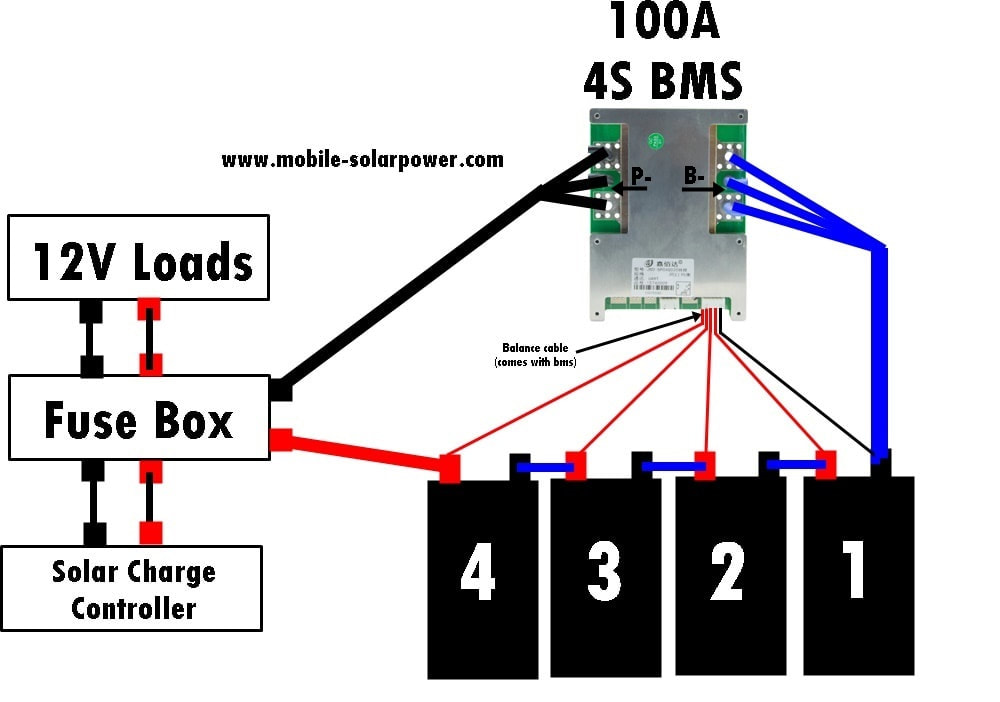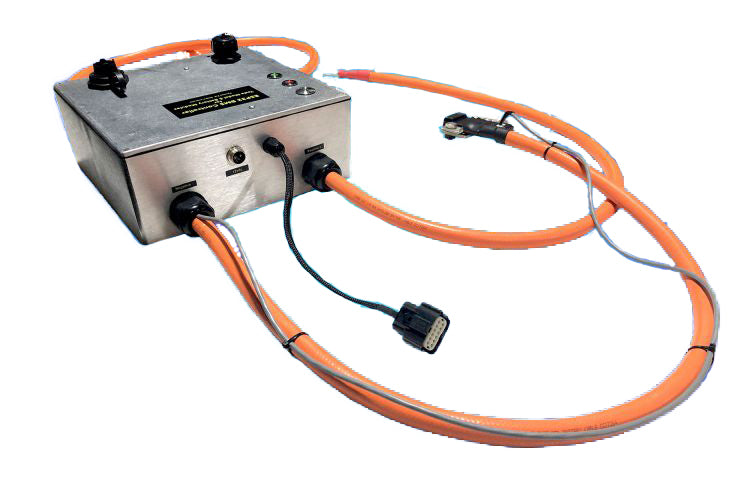Thank you so much, I understand much better now. So if I have 30 x 3000mah cells in each pack I should probably get a BMS that can handle around 100 amps, correct?
Also am I risking damage to the cells using a single 7s 24v BMS?
Thanks again, very much appreciate the help.
Just to clarify, I'm assuming you're meaning 30p7s, which is 210 cells, or by 'pack', are you meaning a whole battery 'module' ?
Me personally, I am not necessarily a huge fan of wiring a bunch of 'p' strings together because you can't monitor on individual cell level, if you get a bad cell within a 'p' group (not a blown fuse, but just a struggling cell), it will pull down the volts on that entire group, making troubleshooting a lot harder (especially if they're all spot-welded together), because you have to pull apart the 'p' array and check each battery cell manually to find the bad one. If I was building a small-cell pack, I might rather do more individual cell monitoring (but then I guess there are more BMS's involved which could potentially fail, so go pick your poison).
Now don't get me wrong, even Tesla does a lot of cell paralleling, it just makes troubleshooting the paralleled cells harder, where Tesla tends to just replace entire vehicle battery packs when they have measurable failures... I think they even build the packs with enough calculated extra capacity that if a cell-fuse pops here or there and they lose some of the 7,104 cells, then you may not even notice, except your range goes down. Of course, Tesla, they have 74 cells on a 'p' string (on the 85kW/h bank), so they don't really notice much if one cell is dropping performance, they just lost one ant in the ant hill here or there...
Example:
"
The Tesla 85kWh battery pack contains 7,104 18650 cells in 16 modules wired in series; each module contains 6 groups of 74 cells wired in parallel. The 6 groups are then wired in series within the module.
So, the 74 cells in parallel provide the current handling; then, you have 6 groups in series, in 16 modules in series, which provides the 400VDC for the motor (16*6*4.2V per group of 74 cells), with a peak current handling of 4.87A*74, or 360 amps.
"
So if using one BMS, you need big high-amp BMS, if doing lots of BMS, they are small, and don't require a lot of current handling each one. You can also do cascading BMS, where you have lots of small BMS, and maybe you have 4 main modules, where you put in the larger 4s BMS on that tier which handles a lot more current than the smaller BMS operating on the lower tier.
So if I did build a home bank with large 'p' groups, I would use those snap in battery cradles, and have them mounted on rows of hinged boards off a wall, so I could easily swing the boards around to open up my cell accessibility, and unplug cells quickly, and have a box of spare cells onsite, so swapping them was a snap. I'm all about building serviceability into any solution.
The other thing to factor in as well is which battery chemistry you will use. These small cells can come in LiFePO4 which are 3.2v and also come in the high-energy density automotive cobalt chemistry ones which are 3.6v so that influences how many series cells you want 8s vs 7s (for a 24v bank), and thus which BMS's you might be looking for.






